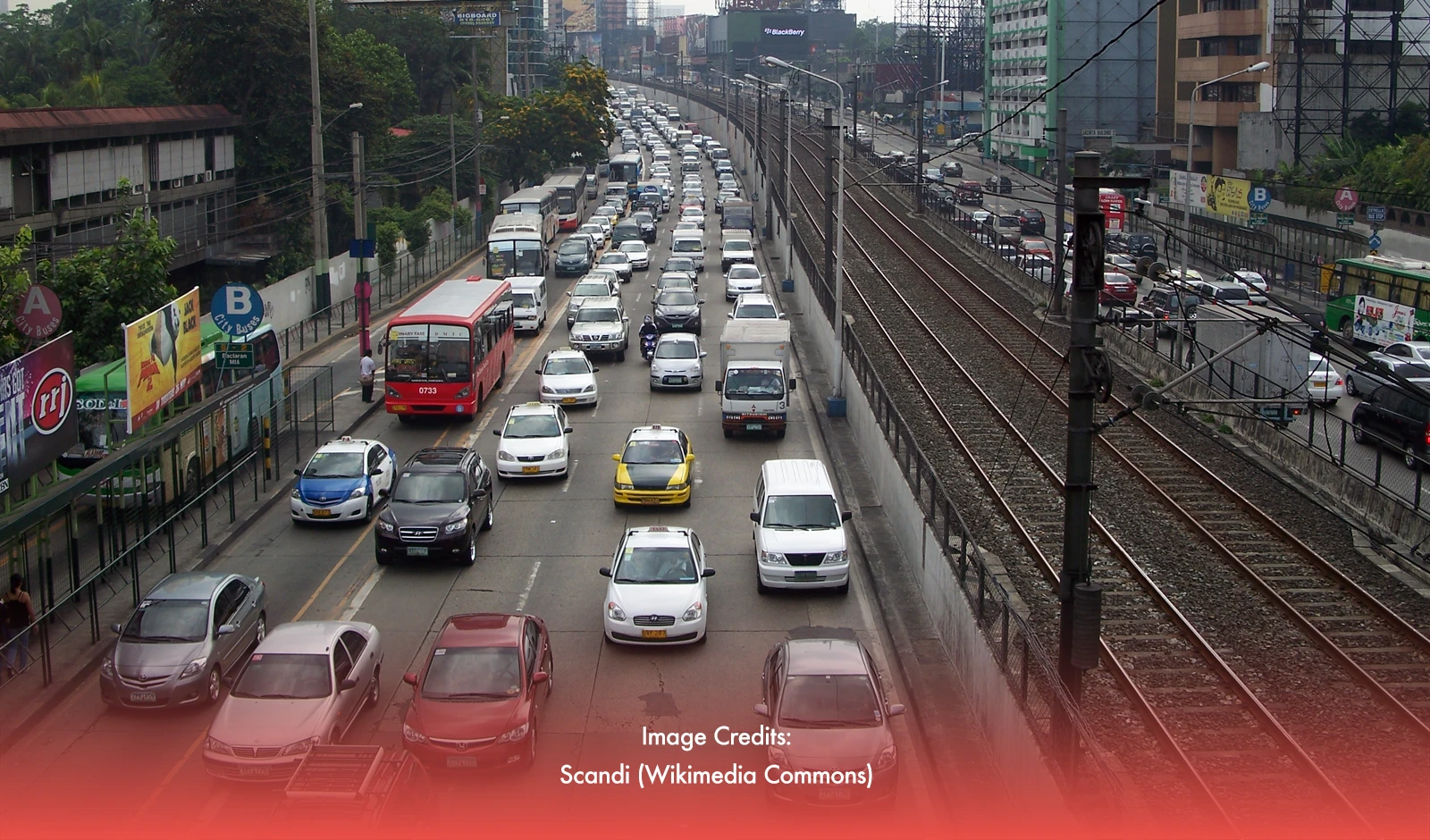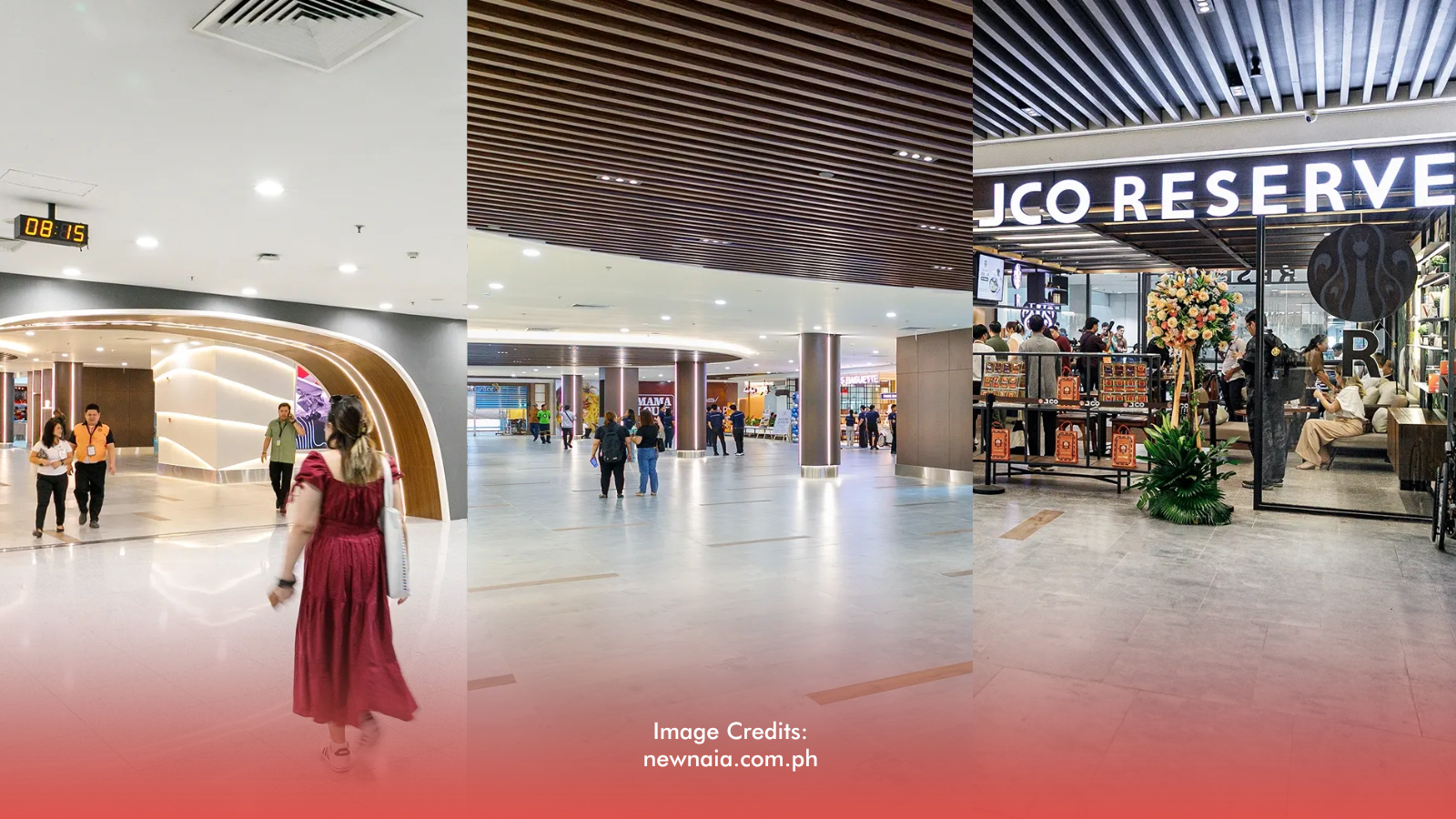The long-awaited rehabilitation of EDSA, Metro Manila’s busiest thoroughfare, is finally set to begin on June 13, 2025, according to the Department of Public Works and Highways (DPWH). The massive infrastructure project aims to modernize and future-proof the aging road, which has long been plagued by daily traffic jams, deteriorating pavement, and flooding during heavy rains.
The Purpose of the New Project
The rehabilitation, expected to span several phases, will cover the 23.8-kilometer stretch from Caloocan to Pasay. Among the key features of the project are the installation of concrete pavement with longer durability.
“We will dig up the existing pavement and replace it with a new, more durable one,” Public Works and Highway Secretary Manual Bonoan said.
Improvement of drainage systems to prevent flooding and the expansion of sidewalks will also be done to accommodate pedestrians and cyclists. The project will also involve utility relocation and road widening in selected segments.
“We will dig up the existing pavement and replace it with a new, more durable one,” Public Works and Highways Secretary Manuel Bonoan said.
What to Expect
To minimize disruptions, the DPWH announced that construction will take place in sections and will be scheduled mostly during off-peak hours, including late evenings and weekends.
Temporary lane closures and rerouting plans will be implemented, with support from the MMDA and LGUs to manage traffic flow. Motorists are advised to expect heavier congestion in the short term, particularly during the initial phases.
New regulations will also be enforced during the rehab period. These include strict no-parking zones along the corridor, enhanced truck bans, and limitations on non-essential roadside activities. Public utility vehicle routes may also be adjusted to ease the load on congested segments.
A new odd-even coding scheme will also be introduced. This aims to minimize the number of vehicles that can pass through EDSA during the repairs. In addition, 100 buses and supplemental car train sets for MRT-3 will be dispatched to compensate for the expected increase in commuters.
The Benefits of the Rehab
The DPWH assured the public that the rehabilitation is not just cosmetic but structural, designed to extend the lifespan of EDSA by decades, make it withstand high-intensity earthquakes, and improve the daily experience of over 300,000 vehicles that traverse it.
Once completed, the EDSA rehab is expected to cut travel times, reduce vehicle wear, and boost economic productivity by ensuring smoother mobility across the capital.








